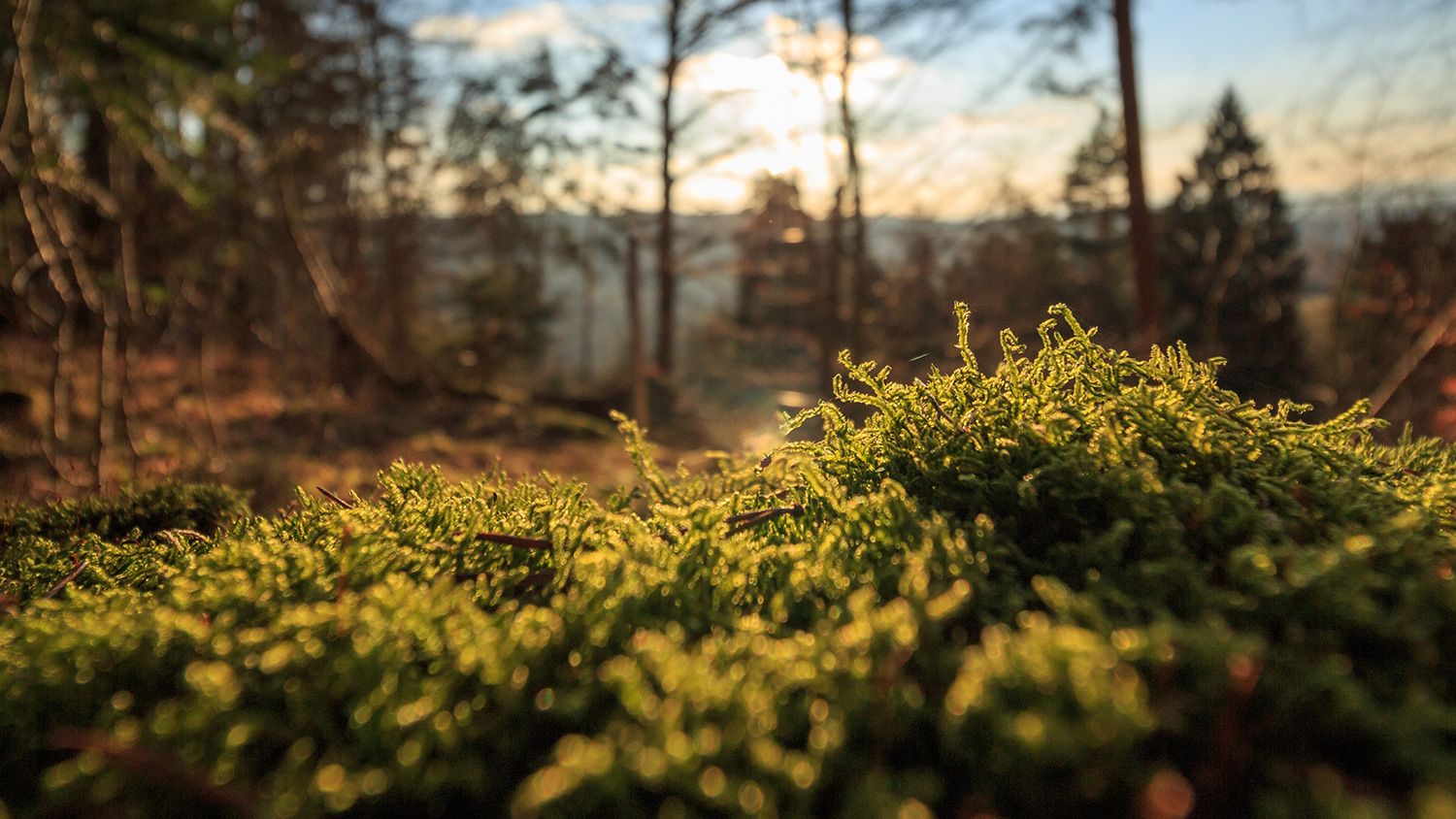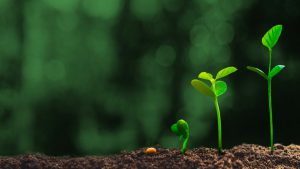We know that our customers want to know what we’re doing to increase our sustainability and help the environment. So, from now on, we’ll be producing monthly reports on which projects we helped previously.
1,000 Rhizophora mucronata planted in Madagascar
Rhizophora mucronata, also known as loop-root mangrove, red mangrove, or Asiatic mangrove, is a tree that is perfect for planting along estuaries and other places subject to daily tides. It’s great for helping to prevent coastal erosion and the trees can also be used for firewood and building construction.
As part of our work with tree-nation, we gave the Eden Reforestation Project 1,000 mangroves to plant in their Villamatsa site. They planted 38,910 mangroves in February, and are hoping to have 150,000 this year.
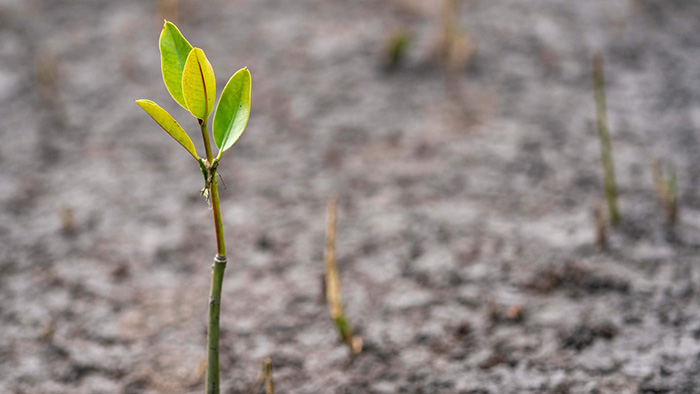
Over 300 other mangroves also in Madagascar
The Eden Reforestation Project isn’t just working with tree-nation, though. They’re also working with Ecologi, and, through them, we’ve planted 319 mangroves in Ecologi’s plantation as part of our work to offset the carbon footprint of our employees. We’ve planted 204 trees over the past two months in this plantation, and we’re going to see a lot more planted over the coming months.
Madagascar might look like a tiny island compared to the giant landmass of Africa right next to it, but it’s actually the 18th largest country in the world, and there’s a lot of coastline that needs reforestation. With our mangroves, we’re not just helping to stop coastline erosion, but we’re also helping wildlife thrive, creating nurseries for many different fish species.
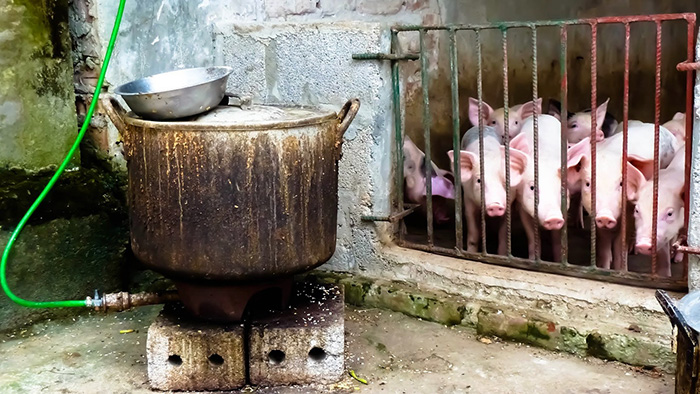
Building bio-digesters for Vietnamese farmers
Along with planting trees, Ecologi has been working with the Vietnam Biogas Programme, helping rural Vietnamese farmers build their own biogas digesters, which collect methane from crop and animal waste. The gas is then used for cooking, power, and lighting, and the residue leftover from the digester can be used as an organic fertiliser, bringing down the cost of farming.
There are already over 150,000 digesters across Vietnam, and as part of our carbon offsetting, we’re helping to build even more, helping farmers produce renewable fuel, better crops, and a better standard of living for their families.
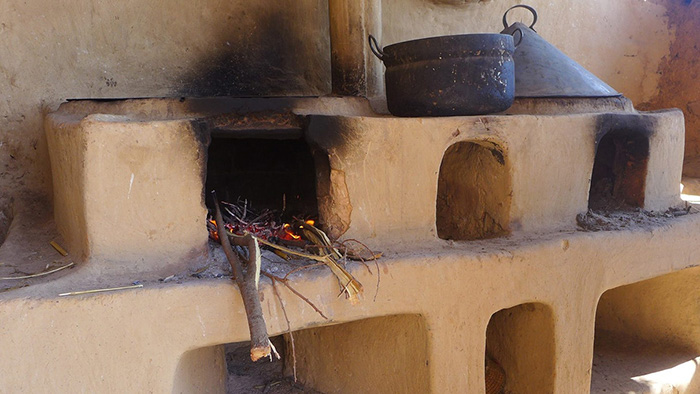
Building better stoves in Eritrea
90% of the energy used in Eritrea is from wood or charcoal, but only less than 1% of the country is forested. This means that along with the increased stress on the forests, people (primarily women and children) spend even more time collecting firewood. Working with Project Drawdown, Ecologi has been introducing improved cookstoves to Eritrea, which cut down on the amount of wood or charcoal used as well as providing better ventilation in the home and freeing up time.
Project Drawdown is distributing approximately 8,000 new stoves to households in the Anseba district in Eritrea, and we’re helping support that project, which will save 10,960 tonnes of wood from being burned each year.
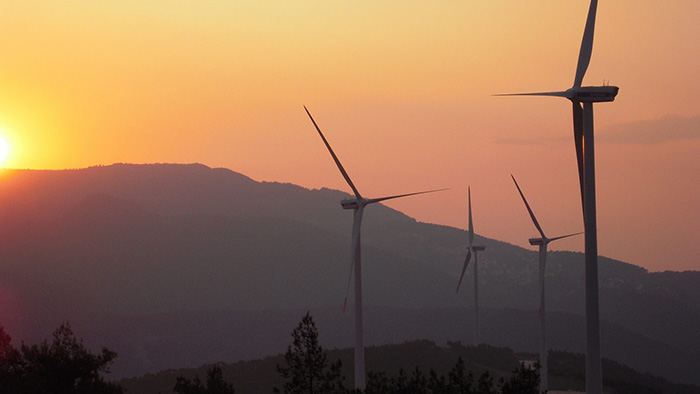
Wind turbines in Turkey
Ecologi is also helping Elektrik Üretim A.Ş. to build 16 wind turbines in Belen, on the Mediterranean coast. Once the turbines are fully operational, they’ll be responsible for reducing CO2 emissions by over 60,000 tonnes and help produce clean energy for Turkey.
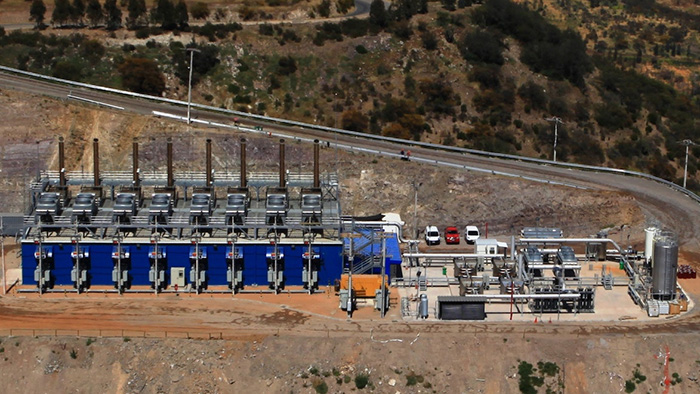
Capturing methane gas in a Chilean landfill
The Santa Marta Landfill near Santiago, Chile, is over 700 acres and receives approximately 1.3 million metric tonnes of waste each year. The Santa Marta Landfill Gas Project captures the methane gas produced by this landfill, and generates electricity from it, putting it into the regional grid and helping to reduce Chile’s need on non-sustainable energy sources.
As it also produces electricity, it produces jobs, and the project includes a plan to support the local community with a nursery and daycare, as well as investments in school infrastructure, giving the children and women in the area a better chance at life.
Our impact
Through these projects over the past two months, we’ve managed to reduce our carbon imprint by nearly 40 tonnes! That’s equivalent to saving around 120 square metres of sea ice!
We’ll keep you up to date with how we’re doing each month through our blog and hope that you’re looking at offsetting your own carbon emissions as well.
